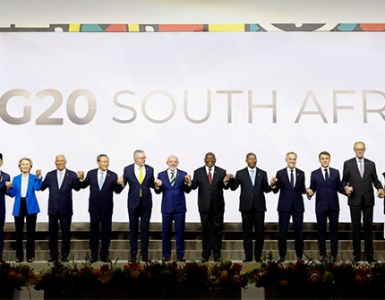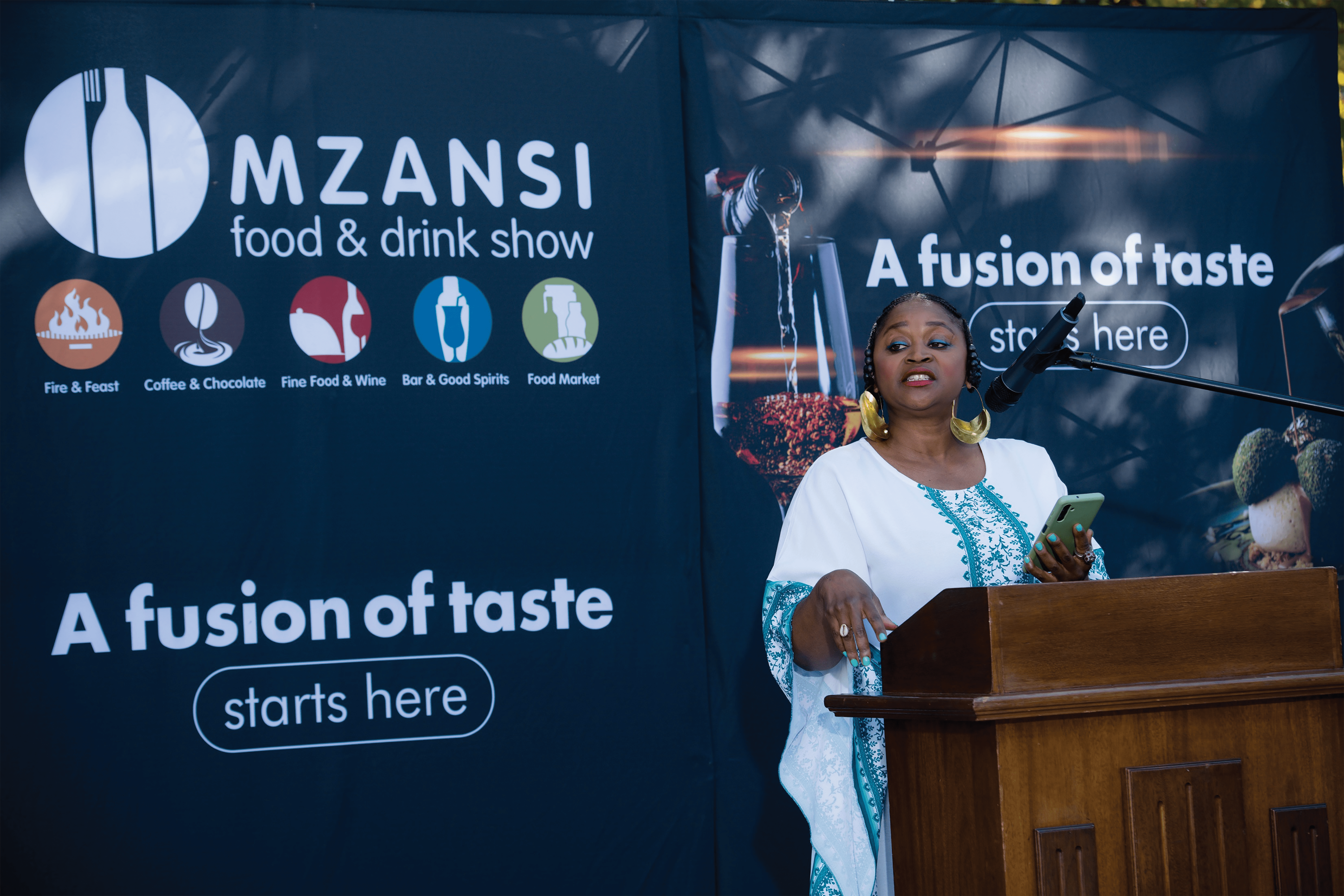PROLIFERATION: : The trouble-torn Caribbean island is under a UN arms embargo: So why are 500 000 illegal weapons in circulation?
By Daniel Dickenson
Up to 500,000 illegal weapons ranging from handguns to battlefield-grade semi-automatic rifles are thought to be in the hands of gangs in Haiti, even though the Caribbean country has been under a UN arms embargo for the last three years.
Haiti is facing an acute security crisis as rival gangs fight for control of the capital, Port-au-Prince, and surrounding areas while terrorising local communities through extortion, sexual violence, kidnap for ransom and murder. UN member states agreed to impose an arms embargo on Haiti in 2022 – so what has gone wrong? Here are five things you need to know.
How many weapons are in Haiti?
Haiti does not manufacture firearms or ammunition, but according to the latest figures released by the UN human rights office there are an estimated between 270 000 and 500 000 illegal weapons in circulation. They are not just in the hands of the many murderous gangs that control most of the capital, they’re also common among the growing number of vigilante “justice” groups which are trying to protect people and property in troubled neighbourhoods of Port-au-Prince.
The impact of so many weapons in a metropolitan area of around 2.6 million people is devastating. In 2024 alone, over 5 600 people were killed due to gang-related activity according to the UN.
During just five days in early December 2024, at least 207 were killed by gangs controlling the Wharf Jérémie area of the capital.
Human rights violations and abuses documented by the UN have included mass killings, kidnappings for ransom, rape and sexual exploitation, destruction of property, and severe restrictions on access to essential services, particularly healthcare and education.
What firearms are in circulation?
It is difficult to accurately estimate the number of illegal firearms in the hands of gangs and vigilante groups, but there are indications that more sophisticated and deadly weapons are being used.
The Haitian authorities are having limited success in stopping the flow of weapons. One shipment of arms procured in Miami in the United States and intercepted in the Dominican Republic in February 2025 included a heavy Barret M82 semi-automatic rifle, sniper rifles, an Uzi submachine gun and more than 36 000 rounds of ammunition.
What does the embargo say?
The arms embargo as well as travel bans and asset freezes on individuals was authorized by the UN Security Council in October 2022. Specifically targeting gangs and individuals deemed responsible for threatening Haiti’s peace and security, it calls on UN member states to prohibit the supply, sale, or transfer of arms and related material of all types, including technical assistance, training, and financial support related to military activities.
It recognises that the situation in Haiti poses a threat to regional peace.
How is the embargo being circumvented?
Well-established trafficking routes from the US, primarily from Miami – but also from New York via the Dominican Republic – continue to be exploited, often due to weak customs enforcement and corruption. Some shipments are being intercepted by US authorities before they reach Haiti. Weapons seized by US law enforcement authorities which were destined for Haiti are put on show.
There is also evidence of weapons being shipped from Venezuela and other South American countries.
Weapons are frequently concealed within mixed cargo or declared as humanitarian or commercial goods to evade inspection. There are also growing concerns that assault rifles originally registered to private security companies operating in Haiti are ending up in the hands of gang members.
What needs to be done to ensure the embargo is adhered to and how is the UN helping?
The UN Office on Drugs and Crime (UNODC) which works on trafficking issues has said that ensuring adherence requires a “comprehensive and coordinated approach at the national, regional and international levels.”
That means equipping Haitian customs, port and border control authorities with the technical capacity to detect, interdict and investigate illicit arms shipments. Currently, there is not even one large-format scanner in all of Haiti which could efficiently identify the contents of a shipping container or truck.
Given that most weapons enter Haiti through maritime routes, improving maritime and port security – including inspections – is essential as well as working more effectively with law enforcement authorities in the countries of origin.
Providing more resources along the porous border with the Dominican Republic, which shares the island of Hispaniola with Haiti, would help to stop illicit trafficking through unofficial crossings.
The UN is helping to coordinate Haiti and other countries in the region to ensure compliance as well as providing technical assistance to strengthen arms tracing, customs controls and financial investigations..
Given that Haiti manufactures neither guns nor ammunition, cutting off the supply of bullets alone would effectively end the ability of gangs to fight each other and terrorise communities.
Meanwhile, more than half of Haiti’s population is experiencing critical levels of hunger as armed groups tighten their grip across the Caribbean nation and the ravaged economy continues its downward spiral.
A report released on Friday by the Integrated Food Security Phase Classification (IPC) found that some 5.7 million Haitians – of a population of roughly 11 million – are facing severe food shortages.
The crisis threatens to worsen as gang violence displaces families, destroys agricultural production, and prevents aid from reaching those desperately in need.
The assessment shows 1.9 million people are already at emergency hunger levels, marked by severe food gaps and dangerous rates of malnutrition. Another 3.8 million face crisis-level food insecurity.
The situation is expected to deteriorate further, with nearly six million people projected to face acute hunger by mid-2026 as Haiti enters its lean agricultural season.
Haiti’s government announced plans on Friday to establish a Food and Nutrition Security Office to coordinate relief efforts. Louis Gerald Gilles, a member of the transitional presidential council, said authorities would mobilise resources quickly to reach those most affected.
But the response faces enormous obstacles. Armed groups now control an estimated 90 percent of Port-au-Prince, the capital, and have expanded into agricultural regions in recent months.
Violence has forced 1.3 million people from their homes – a 24 percent increase since December – with many sheltering in overcrowded temporary sites lacking basic services. – UN News/Al Jazeera
Comment
NO ROOM FOR BULLIES
Bullying in South African schools is a significant problem that can cause significant mental and emotional harm including depression and suicidal thoughts.
The video that was recently widely shown on social media showing a group of learners repeatedly assaulting a 16-year-old learner with a hose pipe and a hockey stick at the Milnerton High School in the Cape Town, should be condemned in the strongest terms. It was not only a case of bullying. It was also a racially-motivated attack, according to the Select Committee on Education, Sciences and the Creative Industries who claim the attack was perpetrated by Coloured learners on a black colleague.
Parents send their children to school to learn and not be intimidated, harassed and brutally assaulted by other learners who think they are of a better race. Black people have suffered enough under the apartheid government. And they fought a costly war for the demise of a racist regime that treated them as sojourners in their own country.
We should not allow this monster to rear its ugly head again at our schools. South African schools are centres of learning and diverse activities. Bullying and racism should not be allowed at these institutions. The video caused national outrage and resulted in parents and members of various political parties gathering outside the school premises shortly after it was shown on social media. They protested against the failure by the school management to attend and act on this serious problem . Instead of addressing the issue, police were called and- without any provocation – they fired tear gas at the peaceful gathering. This is unacceptable.
Bullying is a serious problem in this country with reports confirming that nearly 3,2 million learners were bullied every year and that one in ten learners may drop out of school to avoid being bullied. Management at the Milnerton High School have since suspended eight learners who have been implicated in the bizarre assault. They are facing a disciplinary hearing scheduled for next week.
The eight accused handed themselves over to the police after the drama at the school the previous day and they were immediately charged. They appeared in the Cape Town Magistrate’s Court on eight counts of assault. Six of the accused were granted bail of R2000 each while the other two were released on warning as they were juveniles. The case was postponed to January 20 next year. The accused have been barred from returning to school until the case concludes but have been allowed to write the final exams from an alternative venue. The incident, which prompted widespread outrage, should trigger the School Governing Body to immediately introduce anti-bullying policies. The school management must also improve their supervision mechanisms and regularly monitor incidents of bullying .
The court order barring the suspects from school could help bring some relief to those learners who had been subjected to bullying allegedly by these eight learners. After experiencing long periods of torture, all what the traumatized victims are asking for now is nothing else but justice.





























